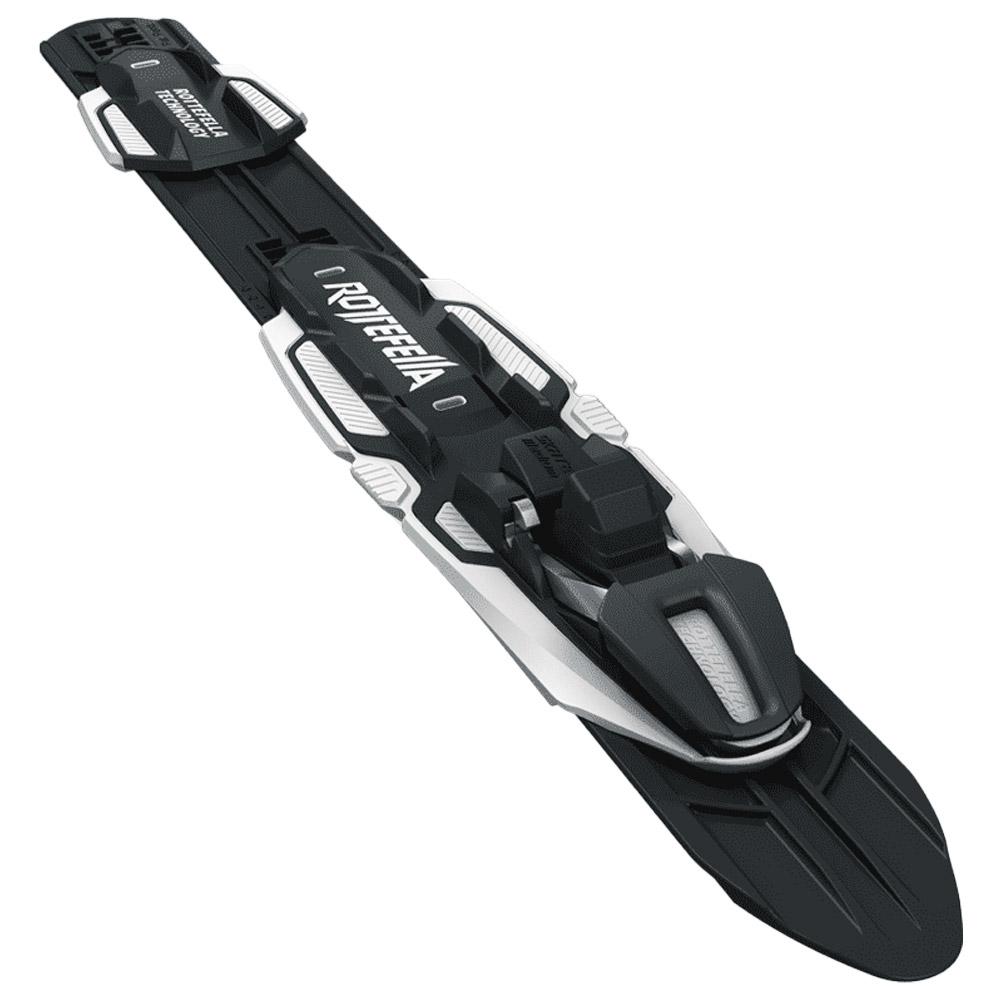
Brand
- Polaroid 1.039
- Kennametal 985
- FootJoy 970
- Sandvik Coromant 895
- Dormer 767
- Portwest 732
- Autograph 575
- Callaway 563
- Mascot 550
- Pureshoes™ 550
- Under Armour 514
- Russell 473
- Maroxe 437
- adidas 430
- Nike 422
- Halo 386
- Brook Taverner 363
- CRC Press 303
- Ping 303
- Performance Brands 278
- ORN 262
- Pferd 241
- Puma 217
- Routledge 207
- Scruffs 188
- JOGA 181
- Molan 175
- Stormtech 174
- 3M 163
- TIMCO 160
- HMT 158
- BPLAS 156
- Racinglines 156
- Result 156
- Lyle & Scott 154
- Pramet 154
- Fcs 152
- Sia Abrasives 148
- Blaklader 140
- Regatta Professional 140
- Amblers Safety 139
- Mizuno 134
- Zoro Select 133
- Valuex 129
- Galvin Green 110
- Ace & K 108
- Pureshoes 108
- Spitfire 104
- STI 102
- Savings Store 101
- Eurocell 100
- Mandala 100
- ROCKFALL 97
- Beeswift 96
- Dunlop 96
- ADIDAS PERFORMANCE 94
- Bahco 93
- Rossignol 92
- ECCO 91
- Norton Saint Gobain 91
- Proquip 90
- Srixon 89
- StarTech.com 89
- Portwest Base 84
- Rock Fall 84
- Titleist 84
- Guhring 83
- Salomon 82
- TaylorMade 80
- Primal Strength 79
- Skechers 79
- ProQuip 76
- U Power 76
- Sherwood 71
- ESR 70
- Alpen 69
- Anvil Traction 69
- Leki 67
- Osg 66
- Tee Jays 64
- Cofra 62
- Sweaty Betty 61
- Asics 60
- Hi-Tec 59
- Panache 59
- PEARL 57
- Camozzi 55
- Bjorn Daehlie 54
- Merrell 53
- Scotch-Brite 51
- Corsair 49
- MonsterShop 49
- DC Swiss 48
- Sealey 48
- WORK-GUARD by Result 48
- HP 47
- Kennedy 47
- Canon 46
- O'Neill 46
- Wilson 46
Colour
- Black 2.313
- black 1.909
- White 1.331
- Grey 825
- Navy 761
- Blue 708
- Green 489
- Noir 427
- Red 360
- Yellow 341
Size
Gender
Merchant
- Zoro UK 11.803
- Orthopeca UK 2.703
- Click Golf 1.728
- Golf Gear Direct 1.707
- Marks & Spencer UK 1.239
- Alensa.co.uk 1.163
- Glisshop uk 991
- Workwear Supermarket 934
- Maroxe 771
- Pureshoes 754
- Zoro UK Limited 711
- Routledge 615
- Suit Direct 554
- Building Plastics Online 498
- AWD IT 445
- Kick Game 415
- Belveto 362
- Acorn Fire & Security 297
- Home Done 231
- 58Surf 220
- Ann's Cottage 205
- Lyle & Scott 154
- Home Living Luxury 153
- Slam City Skates 153
- MyTrendyPhone.co.uk 141
- Car Smart 120
- Luisaviaroma Css 108
- JOGA 107
- greenyogashop 106
- Univelve 95
- gb.ecco.com 91
- Wrong Weather 80
- Joga Soccer Essentials 74
- Bathshack.com 51
- K4G.COM 50
- Lighthouse Clothing 45
- Posted Protein 41
- Craigmore UK 40
- ayrinest.com 40
- Donaghy Bros UK CSS 35
- Tosoni Selleria 34
- Dell 33
- AYRINEST 28
- Bioethanol-Fireplace.co.uk 28
- Mobility Smart 28
- RS Components UK 27
- QD Stores 26
- LuisaViaRoma.com 25
- Essential Photo 23
- Compatink 21





















